Data for queer lives: How LGBTQ gender and sexuality identities challenge norms of demographics
Abstract: “In this article, we argue that dominant norms of demographic data are insufficient for accounting for the complexities that characterize many lesbian, gay, bisexual, transgender, and queer (LGBTQ, or broadly “queer”) lives. Here, we draw from the responses of 178 people who identified as non-heterosexual or non-cisgender to demographic questions we developed regarding gender and sexual orientation. Demographic data commonly imagines identity as fixed, singular, and discrete. However, our findings suggest that, for LGBTQ people, gender and sexual identities are often multiple and in flux. An overwhelming majority of our respondents reported shifting in their understandings of their sexual identities over time. In addition, for many of our respondents, gender identity was made up of overlapping factors, including the relationship between gender and transgender identities. These findings challenge researchers to reconsider how identity is understood as and through data. Drawing from critical data studies, feminist and queer digital media studies, and social justice initiatives like Data for Black Lives, we call for a reimagining of identity-based data as “queer data” or “data for queer lives.” We offer also recommendations for researchers to develop more inclusive survey questions. At the same time, we address the ways that queer perspectives destabilize the underlying logics of data by resisting classification and “capture.” For marginalized people, the stakes of this work extend beyond academia, especially in the era of algorithms and big data when the issue of who is or is not “counted” profoundly affects visibility, access, and power in the digital realm.”
Citation: Ruberg B, Ruelos S. Data for queer lives: How LGBTQ gender and sexuality identities challenge norms of demographics. Big Data & Society. January 2020. doi:10.1177/2053951720933286
After reading, try to find local community and nonprofit groups working in this area and see how you can get involved. Share this with them. Also, use this to ask questions of decision makers and other local experts. Ask how you can possibly help.

